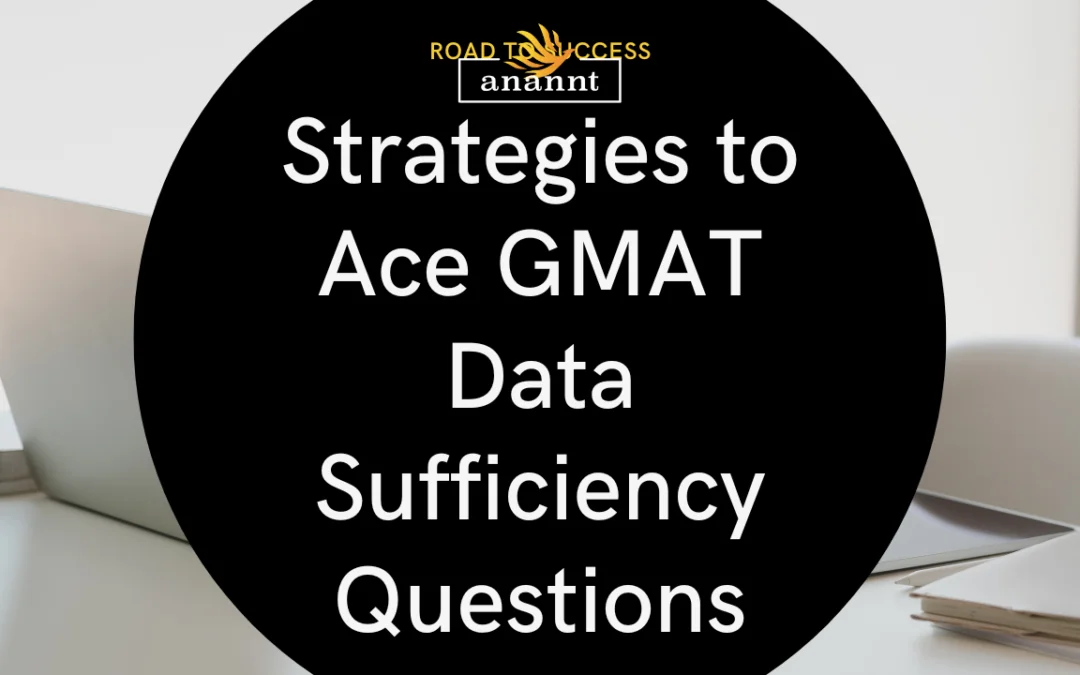s
Directions
A data sufficiency problem is characterized by a question followed by two statements, labeled (1) and (2). These provide specific data. Your task is to determine if the data in the statements are enough to answer the question. Utilizing the given data, along with your mathematical knowledge and everyday facts, you must choose from the following options Official GMAT Exam website.
- A: Statement (1) ALONE is sufficient, but statement (2) alone is not sufficient.
- B: Statement (2) ALONE is sufficient, but statement (1) alone is not sufficient.
- C: BOTH statements (1) and (2) TOGETHER are sufficient, but NEITHER ALONE is sufficient.
- D: EACH statement ALONE is sufficient.
- E: Statements (1) and (2) TOGETHER are NOT sufficient, requiring additional data.
Key Assumptions
- Numbers: Assume all numbers are real. Brush up on real numbers and other math basics at Khan Academy.
- Figures: Any figure provided conforms to the information in the question but not necessarily to additional data in statements (1) and (2).
- Lines depicted as straight are to be assumed straight. This includes lines that may appear jagged.
- You may also assume the following:
- The positioning of points, angles, and regions is as shown.
- All angle measures are greater than zero.
- Figures exist on a plane unless stated otherwise.
When asked for the value of a quantity, the data is sufficient only if one exact numerical value can be determined.
Approaches & Strategies
- Independent Evaluation: Start by assessing each statement separately. Only if both are found insufficient should you consider them together. Familiarize yourself with the answer choice flowchart for Data Sufficiency, which aids in this process.
- Yes/No Questions: A statement is sufficient if it consistently yields a “yes” or “no.” It’s insufficient if it sometimes gives a “yes” and sometimes a “no.”
- Value Questions: A statement suffices if it results in a single value. It’s insufficient when leading to multiple possible values.
- Number Picking: This strategy is crucial, especially for questions focusing on number properties. Initially choose simple numbers like 0, ±0.5, ±1, and ±2. Begin with positive numbers, then negative, and consider fractions last. Negative numbers and fractions become more relevant in questions involving squares or cubes.
Example Questions
Yes/No Data Sufficiency Question
Value Data Sufficiency Question
- An example might ask for the length of side y in a given triangle, with statements providing related numerical data.
Example Answer: E
Further Support
If you’re looking for more personalized guidance, the Official GMAT website provides tools and resources to tailor your study plan. Additionally, engaging with the GMAT community on forums like Beat The GMAT can offer valuable insights and support.
For a deeper understanding of GMAT Exam Data Sufficiency, consider enrolling in specialized webinars or courses. Coursera and edX often feature relevant courses designed to enhance your test preparation.
For a more in-depth exploration of our offerings, please visit our website Anannt Education and feel free to connect with us directly via WhatsApp for any queries or further information.

